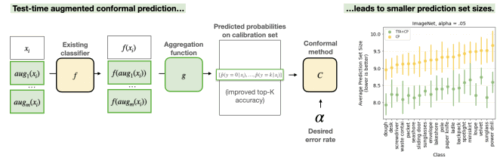2025-05-02 ワシントン大学セントルイス校
<関連情報>
- https://source.washu.edu/2025/05/brain-decoder-controls-spinal-cord-stimulation/
- https://engineering.washu.edu/news/2025/Brain-decoder-controls-spinal-cord-stimulation.html
- https://jneuroengrehab.biomedcentral.com/articles/10.1186/s12984-025-01628-6
経皮的脊髄刺激を用いた非侵襲的脳脊髄インターフェイスの開発と評価 Development and evaluation of a non-invasive brain-spine interface using transcutaneous spinal cord stimulation
Carolyn Atkinson,Lorenzo Lombardi,Meredith Lang,Rodolfo Keesey,Rachel Hawthorn,Zachary Seitz,Eric C. Leuthardt,Peter Brunner & Ismael Seáñez
Journal of NeuroEngineering and Rehabilitation
Published:25 April 2025
DOI:https://doi.org/10.1186/s12984-025-01628-6

Abstract
Motor rehabilitation is a therapeutic process to facilitate functional recovery in people with spinal cord injury (SCI). However, its efficacy is limited to areas with remaining sensorimotor function. Spinal cord stimulation (SCS) creates a temporary prosthetic effect that may allow further rehabilitation-induced recovery in individuals without remaining sensorimotor function, thereby extending the therapeutic reach of motor rehabilitation to individuals with more severe injuries. In this work, we report our first steps in developing a non-invasive brain-spine interface (BSI) based on electroencephalography (EEG) and transcutaneous spinal cord stimulation (tSCS). The objective of this study was to identify EEG-based neural correlates of lower limb movement in the sensorimotor cortex of unimpaired individuals (N = 17) and to quantify the performance of a linear discriminant analysis (LDA) decoder in detecting movement onset from these neural correlates. Our results show that initiation of knee extension was associated with event-related desynchronization in the central-medial cortical regions at frequency bands between 4 and 44 Hz. Our neural decoder using µ (8–12 Hz), low β (16–20 Hz), and high β (24–28 Hz) frequency bands achieved an average area under the curve (AUC) of 0.83 ± 0.06 s.d. (n = 7) during a cued movement task offline. Generalization to imagery and uncued movement tasks served as positive controls to verify robustness against movement artifacts and cue-related confounds, respectively. With the addition of real-time decoder-modulated tSCS, the neural decoder performed with an average AUC of 0.81 ± 0.05 s.d. (n = 9) on cued movement and 0.68 ± 0.12 s.d. (n = 9) on uncued movement. Our results suggest that the decrease in decoder performance in uncued movement may be due to differences in underlying cortical strategies between conditions. Furthermore, we explore alternative applications of the BSI system by testing neural decoders trained on uncued movement and imagery tasks. By developing a non-invasive BSI, tSCS can be timed to be delivered only during voluntary effort, which may have implications for improving rehabilitation.


